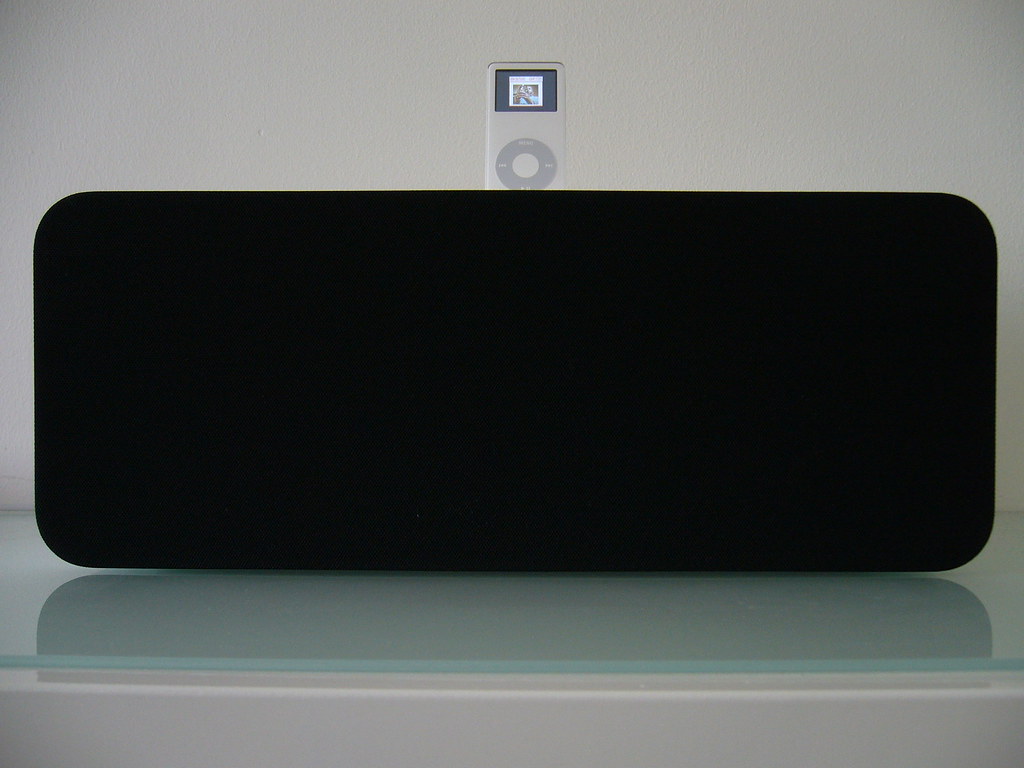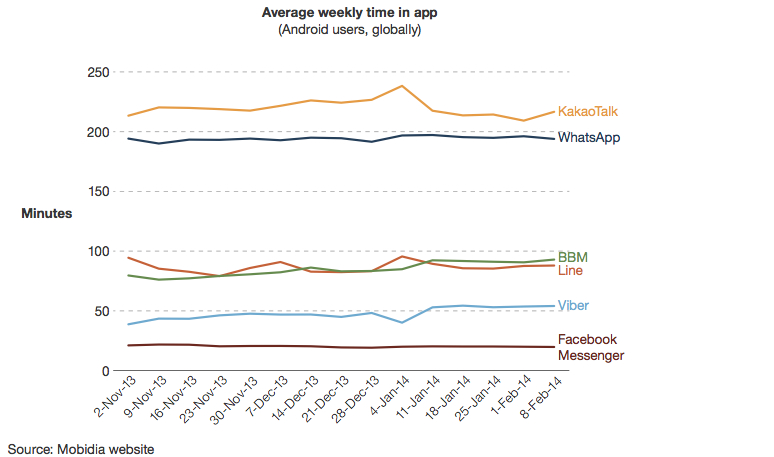Apple and IBM
IBM and Apple just not that big a deal – I, Cringely – probably the most level-headed analysis of the Apple and IBM deal that I have seen so far
IBM and Apple: Catharsis | Asymco – Horace on the long view of the Apple and IBM deal
Apple and IBM team up to conquer the enterprise market, and crush Microsoft, Blackberry, and Android – I am less convinced of the Apple and IBM deal given Global Services trouble in meeting SLAs, would I want them providing AppleCare?
Business
Huawei Announces 2014 H1 Operating Performance – Huawei Press Center – interesting that smart devices were given such a prominent placement. Smart devices could also cover mobile broadband and there is no indication of contribution to profit of smartphones
GE has no business being in retail finance so it’s making a steady exit | Quartz – it makes sense to offload consumer debt
Internal memo: Microsoft to cut off all ‘external staff’ after 18 months, imposing mandatory 6-month break – GeekWire – this is an interesting move. I wonder how might it affect PR and marketing agencies?
Mini-Microsoft: 18,000 Microsoft Jobs Gone… Eventually? – a perspective from inside Microsoft
Yahoo’s Mayer: ‘We are not satisfied with our Q2 results’ – Media news – Media Week display advertising business fell 8% last quarter, to $436 million (£436 million), compared with the same quarter a year ago, as it continues to lose ground to the market leaders Google and Facebook.
Overall, Yahoo’s revenue fell 4% last quarter, year on year, to $1.08 billion, operating income dropped 72% to $38 million (£22 million), largely attributed to one-off restructuring costs, and net earnings for the second quarter were down 19%, to $270 million (£158 million) – I have a lot of love for the Big Purple, but in the internet world lightning doesn’t strike twice
Consumer behaviour
Air Force research: How to use social media to control people like drones | Ars Technica – you’re all sheep
Single Mom Used OKCupid To Make Friends | Social Networking Watch – interesting move and interesting trust dynamics
How I stay informed… — Product Club — Medium – Tom Coates on how he stays informed
Economics
Welcome to the Everything Boom, or Maybe the Everything Bubble – NYTimes.com – so potentially we have a bubble in all countries in all classes of assets, what happens when it goes pop? Or is this a devaluation of currency across the global and if so why isn’t this seen as inflation?
Ideas
Rethinking Cold War America: An Interview with Fred Turner | Henry Jenkins – well worth a read
Marketing
Microsoft Will Climb Past Yahoo In Digital Ad Share | WSJ – blame Carol Bartz and Carl Icahn, they fucked it up when they didn’t give Jerry Yang a chance to do it right and didn’t manage to sell the business outright
Why Do We Treat PR Like a Pink Ghetto? – The Cut – interesting US perspective on things. Interesting that diversity doesn’t make it into the article at all
Two Rail Operators Selling Rights to Advertise on Bullet Trains – Caixin – great ambient advertising opportunity
Edelman confirms Rui Chenggang held shares in Pegasus while at CCTV – ahh, this could get messy. Bill Bishop in his Sinocism newsletter pointed out that Rui flamed Starbucks Forbidden City branch on CCTV while Starbucks was an Edelman client. Edelman then bought Pegasus where Rui was a shareholder. The question is will China make this coincidence into an issue making 2=2=5? Will the backwash from all this hit Starbucks or other Edelman clients as well?
Is a PR Crisis Brewing For Edelman in China? – Advertising Age – so they may not be compliant at the moment. What does this mean for other large agencies in China and will this delve into some of the more interesting media buying strategies out there?
Online
WeChat first: a new frontier in China beyond Android and iOS – interesting how WeChat’s app constellation is fostering new start-ups, the question is will WeChat kill them the way Facebook turned the screw on its own ecosystem
Baidu launches search engine for Brazil | PCWorld – interesting expansion by Baidu
Taiwan
HTC ‘selfie phone’ to be launched in Q4: report – only a good 18 months after the Huawei Ascend P6 and probably several other handsets that I can’t remember
Web of no web
Future Drama – IBM anticipates Google Glass(holes), from 2000 – interesting thought experiment by IBM which nails some of the issues with Google Glass. More related content here.
Wireless
Messaging, Notifications, and Mobile – AVC – mobile OS have real power through control of notification
Qualcomm to face strong competition in China’s 4G chip market | WantChinaTimes – which explains why Qualcomm is trying to play nice with the government
MediaTek No. 3 global supplier of smartphone chips in Q1|WantChinaTimes.com – 1. Qualcomm 2. Apple 3. MediaTek 4. Samsung 5. Spreadtrum
New MediaTek Chip Aimed at High-End Phones | Re/code – LTE, 2K video, 64-bit




